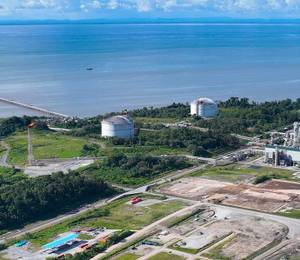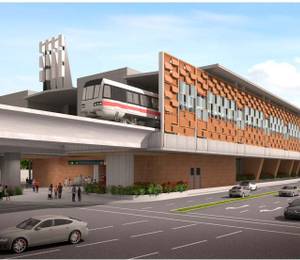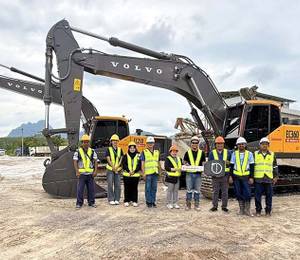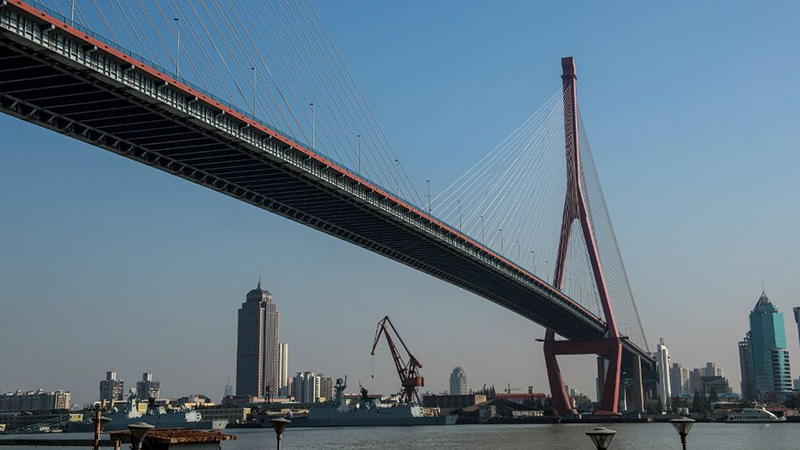According to a new report by the Asian Development Bank (ADB), infrastructure needs in developing Asia and the Pacific will exceed US$22.6 trillion through 2030 (US$1.5 trillion per year) if the region is to maintain growth momentum. The estimates rise to over US$26 trillion (US$1.7 trillion per year) when climate change mitigation and adaptation costs are incorporated.
The report, titled ‘Meeting Asia’s Infrastructure Needs’, focuses on the region’s power, transport, telecommunications and water and sanitation infrastructure. It comprehensively examines current infrastructure stocks and investments, future investment needs and financing mechanisms for developing Asia.
“The demand for infrastructure across Asia and the Pacific far outstrips current supply,” said ADB’s president, Takehiko Nakao. “Asia needs new and upgraded infrastructure that will set the standard for quality, encourage economic growth and respond to the pressing global challenge that is climate change.”
Infrastructure development in the 45 countries covered in the report has grown dramatically in recent decades - spurring growth, reducing poverty and improving people’s lives - but a substantial infrastructure gap remains, with over 400 million people still lacking electricity, 300 million without access to safe drinking water, and about 1.5 billion lacking access to basic sanitation, explained ADB. Many economies in the region lack adequate ports, railways, and roads that could connect them efficiently to larger domestic and global markets, the Bank added.
“ADB pledges to work with member countries and use our 50 years of experience and expertise to meet infrastructure needs in the region. As the private sector is crucial to fill infrastructure gaps, ADB will promote investment friendly policies and regulatory and institutional reforms to develop bankable project pipelines for public-private partnerships,” said Mr Nakao.











